Basic Cartridge Components
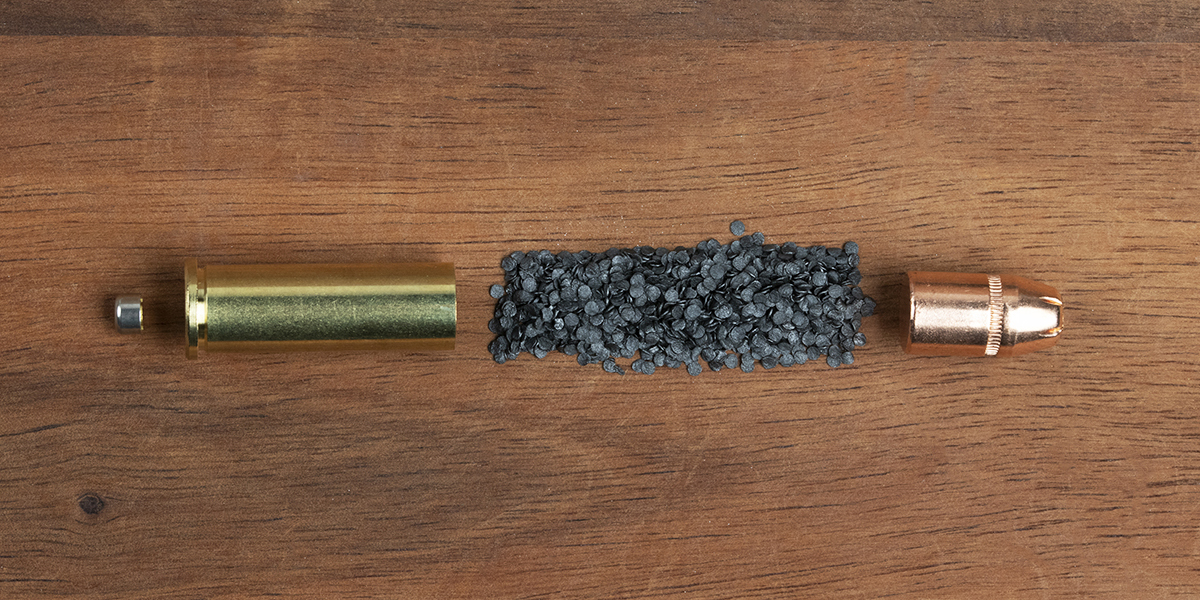
Before you even consider reloading your own ammunition, it’s absolutely critical to have an understanding of the basic anatomy of an ammunition cartridge. Many seasoned firearms enthusiasts may already have a firm grasp on the anatomoy of a cartridge, and if that includes you, feel free to skip over this section of the reloading guide. However, if you are unsure or simply need a refresher, read on. Here, we’ll be reviewing the reusable and non-reusable components of a cartridge, and the function of each during the firing process.
Defining a Cartridge
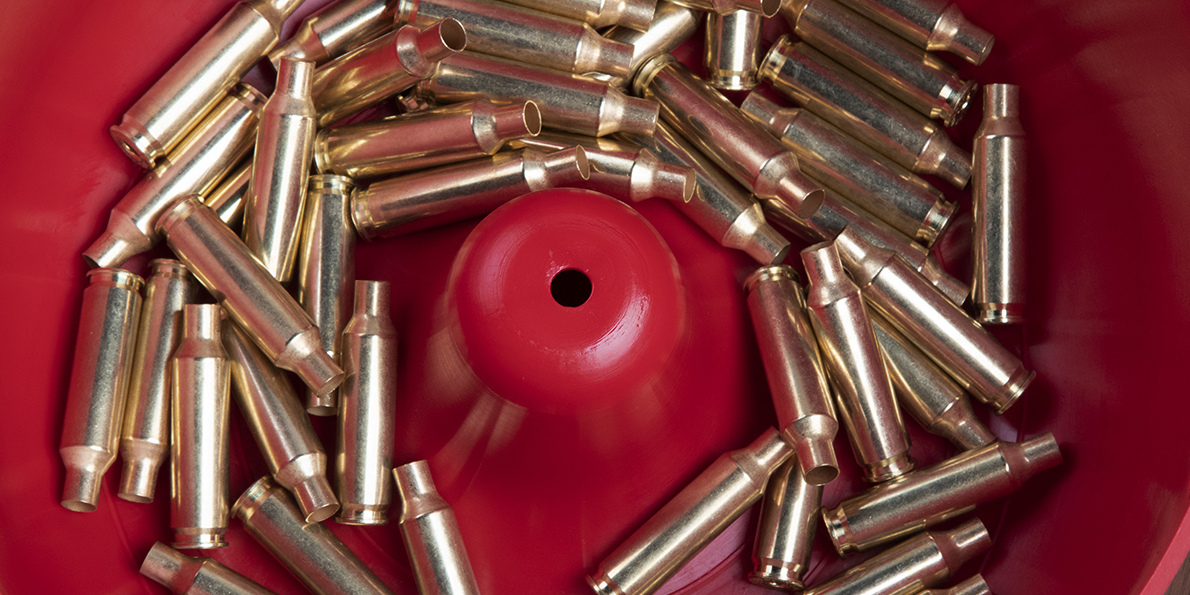
Although this may seem extremely elementary to experienced shooters, we should first define the term ‘cartridge’. After all -- anything can be ‘ammunition’. A rock in a slingshot is technically ammunition. So, we need to use the term ‘cartridge’ to refer to the ammunition we use in loading our rifles and handguns.
It isn’t rare for people to refer to a piece of ammunition as a ‘bullet’. In reality, the bullet is only one part of the ammunition. You load your rifle with cartridges, which are then in turn loaded with bullets.
Primer
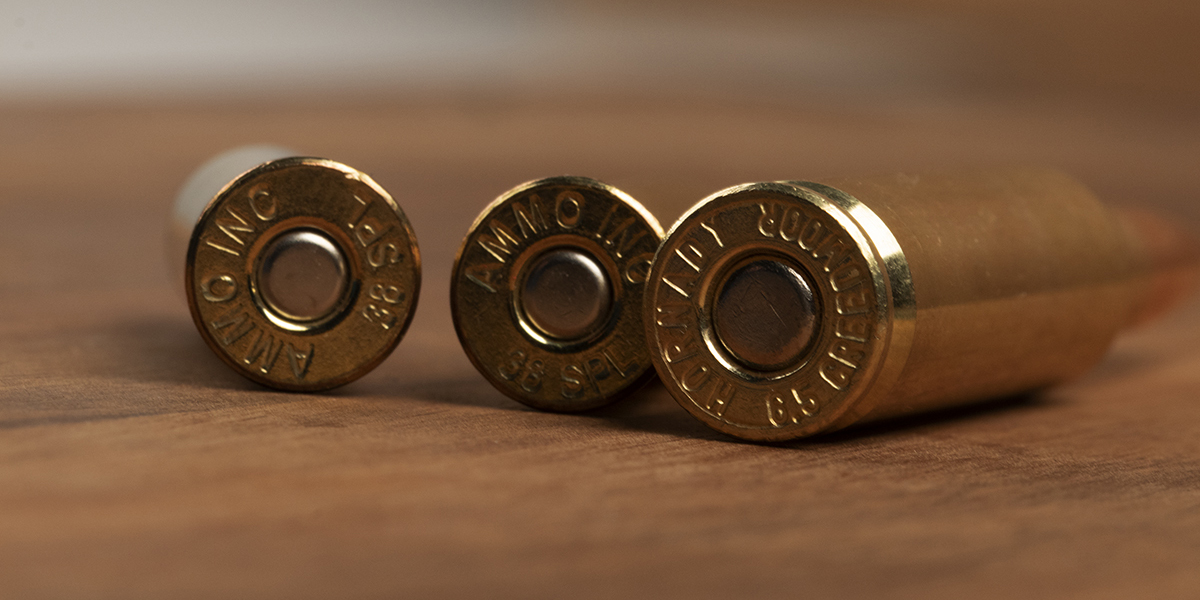
As soon as you pull the trigger, the primer sets the firing process in motion. Physically, the primer is essentially a metal cup that holds within it a small amount of explosive.
As the gun’s trigger is squeezed, the firing pin proceeds to impact the primer cap. This crushes the explosive priming mixture, which then explodes. This tiny explosion is enough to send a small flame into the cartridge case through a flash hole. In turn, this tiny flame then ignites the gunpowder.
With centerfire ammunition, the primer can be found in the center of the base. For rimfire ammunition, it is crimped inside of the base.
Case
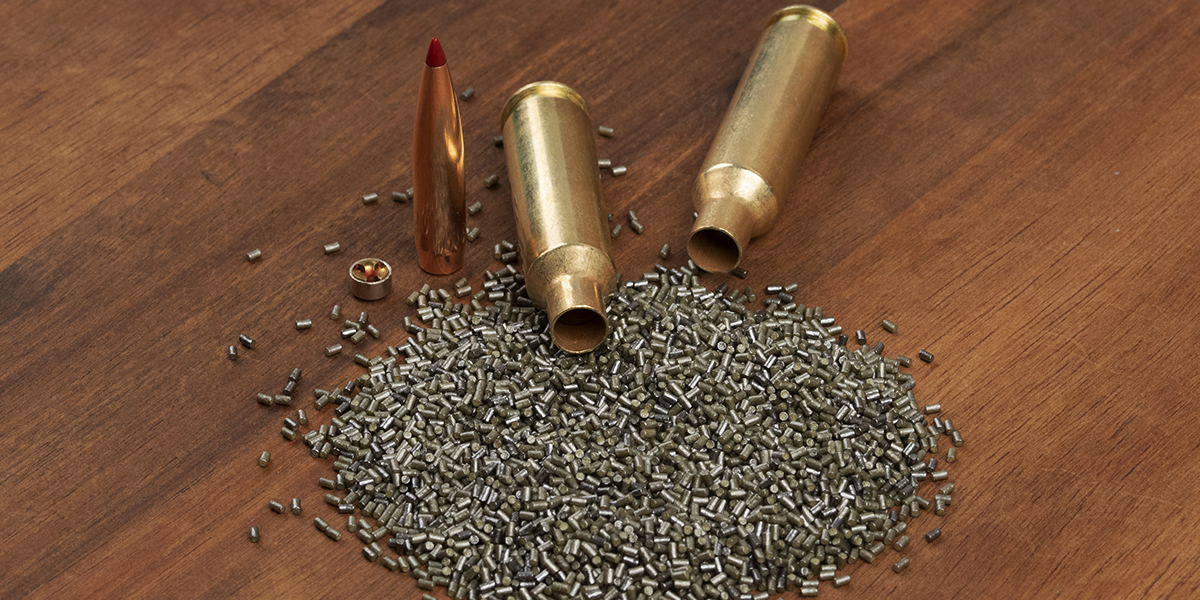
The case (or casing) is a reusable metal part of the cartridge that a gun’s extractor removes from the chamber after firing. Essentially, the case is a container that holds all of the other cartridge components together. In the head of the case, you will find the primer. The propellant is inside of the case, and at the open front of the case, you will find the bullet. Cases can be made of brass, steel, or aluminum. Shotgun shells are technically cases but are made of plastic. Often, you will hear cases referred to as “brass.”
Propellant or Powder
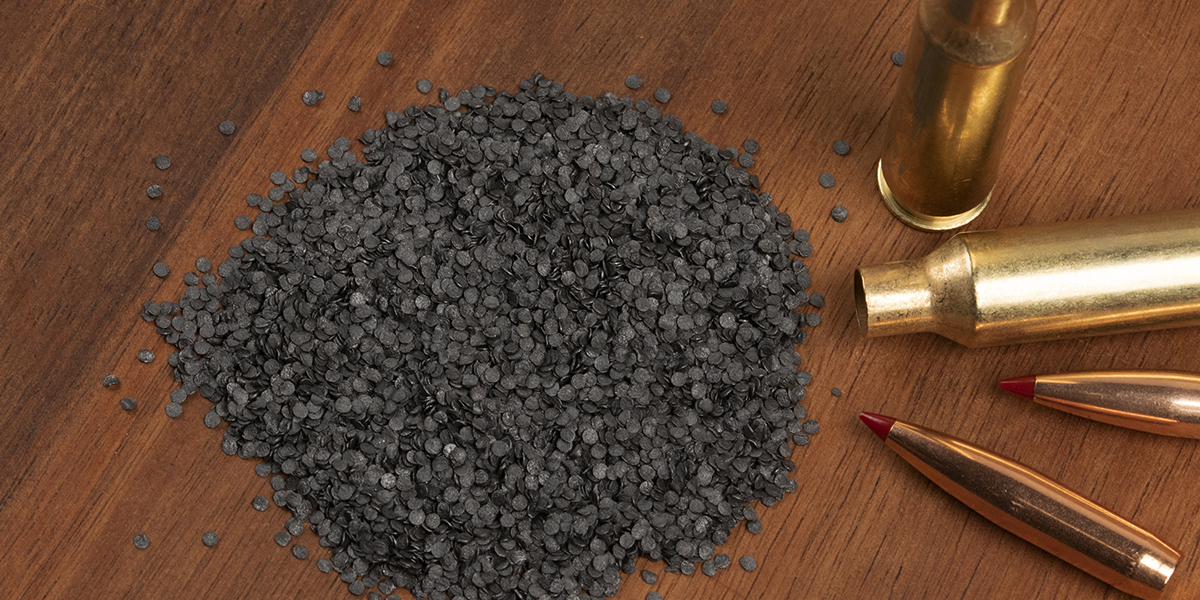
Powder (also called gunpowder or propellant) is a mixture of saltpeter, sulfur, and charcoal. When ignited, the powder creates gas which expands rapidly within the case. This gas has nowhere to go, so it forces the bullet out of the front of the case. The bullet travels down your barrel and (hopefully) towards your target.
Bullet
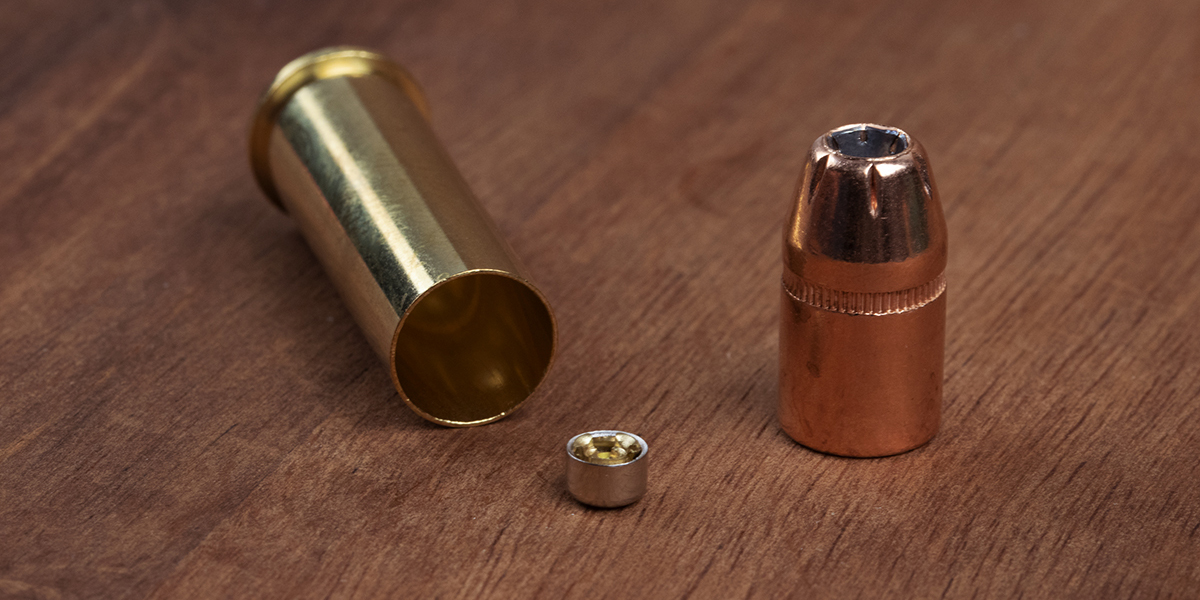
The bullet (or “projectile”) is the star of the show where the firing process is concerned. The bullet is the only piece of your cartridge that physically impacts your target, after all.
There is an endless variety of bullet designs on the market today, each purpose-built for its own application. There are training-style full metal jacket bullets, competition projectiles, and many more. Some are designed to fly as accurately through the air as possible, while others are specially engineered to maximize damage (often through expanding on impact).
Bullets can be made of a variety of materials as well. This includes copper, lead, steel, polymer, rubber, and even wax. Copper jacketed lead bullets are very popular. Again, each of the materials is optimized for a different purpose.